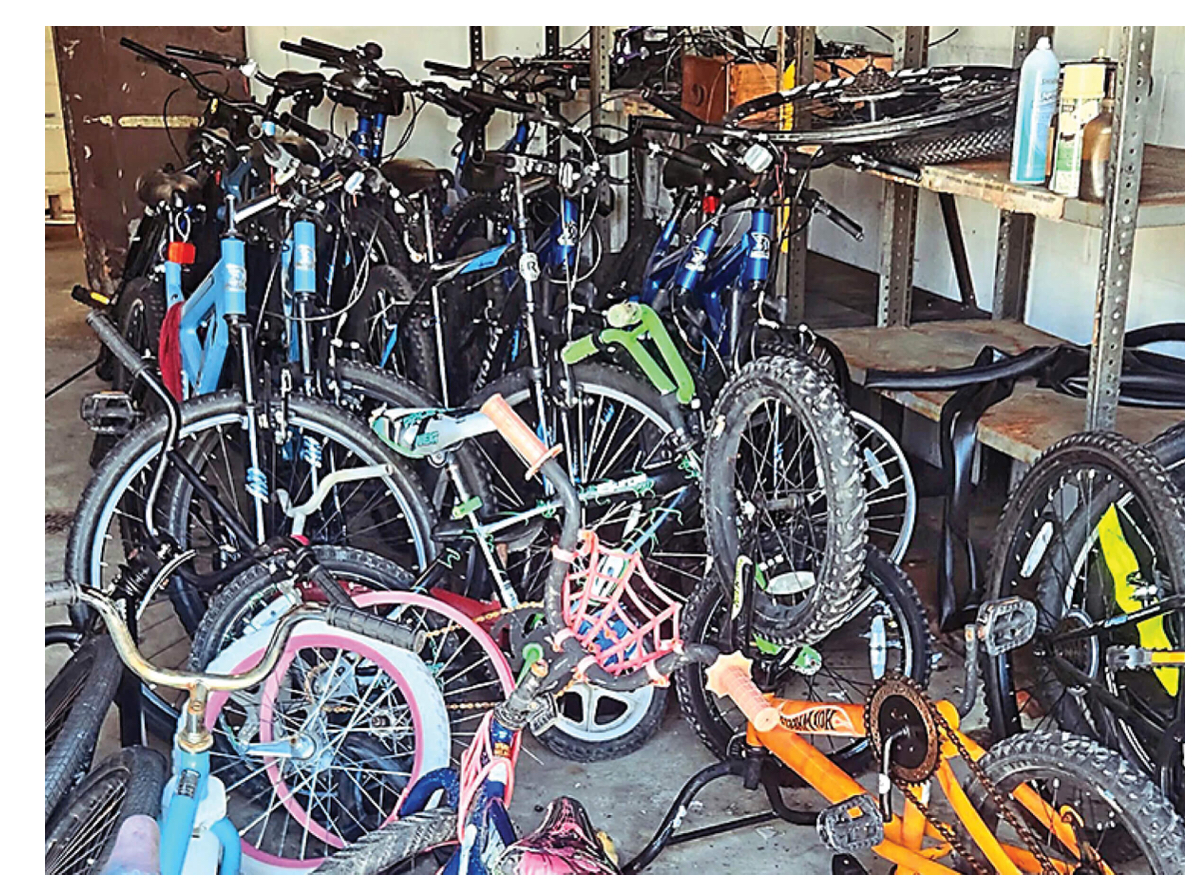Say Goodbye to Flat Hair: 3 Of The Easiest Tricks for Maintaining Hair Volume
Say goodbye to flat hair and hello to luscious, voluminous locks! Maintaining hair volume can seem like a daunting task, especially with the endless array of products and techniques out there, but it doesn’t have to be that way. Are you ready to unlock a few of the secrets of bouncy, full-bodied hair that radiates confidence? I hope so, because life is too short for flat hair—unless you're a tortilla... then by all means, embrace the flatness.
1. Choosing the Right Shampoo & Conditioner
Selecting the right shampoo is crucial for maintaining hair volume. Volumizing shampoos are specifically formulated to lift the hair at the roots and create a fuller appearance. Look for shampoos that are labeled as “volumizing” or “thickening” and avoid heavy, moisturizing shampoos that can weigh your hair down. Ingredients such as biotin, collagen, and protein can strengthen and add body to your hair. Additionally, sulfate-free shampoos are gentler on your scalp and can prevent the buildup that diminishes volume. Remember to thoroughly rinse out shampoo to avoid any residue that might make your hair look flat. By choosing the right product, you set the foundation for a daily routine that supports and enhances your hair’s natural volume.
Conditioner is a vital component of a hair care routine, especially for maintaining hair volume. However, the key is to use it correctly. Opt for a lightweight, volumizing conditioner that hydrates without adding extra weight. Apply conditioner primarily to the ends of your hair, avoiding the scalp and roots where it can create a greasy, flat appearance. Ingredients like keratin and amino acids can fortify your hair strands, making them more resilient and less prone to breakage. Proper conditioning helps detangle your hair, reducing the risk of damage and split ends, which can lead to a limp appearance. By incorporating the right conditioner into your daily regimen, you can keep your hair looking full and lively.
2. The Magic of Blow Drying
Blow drying is a powerful tool for achieving hair volume when done correctly. DO NOT OVER HEAT First, apply a heat protectant to safeguard your hair from heat damage. Use a round brush to lift sections of your hair at the roots as you blow dry. How you dry your hair can significantly impact its volume. Start by gently towel-drying your hair to remove excess moisture, but avoid rough rubbing which can lead to frizz and damage. Next, use a blow dryer with a nozzle attachment for better control. Dry your hair in sections, lifting at the roots with a round brush to create volume. For added lift, flip your head upside down while blow-drying to encourage extra root lift. Using a cool shot button at the end can help set the style and add shine. Additionally, consider using a volumizing hair mousse or root-lifting spray before drying to further enhance the fullness. With the right drying techniques, you can achieve a bouncy, voluminous look that lasts all day.
3. Volumizing Products and Sprays
Volumizing products and sprays are essential tools for achieving and maintaining hair volume. Start with a volumizing mousse or foam applied to damp hair before blow drying. These products add thickness and lift at the roots. For targeted volume, use a root-lifting spray directly at the roots before styling. Dry shampoo can also be a game-changer; it not only absorbs excess oil but also adds texture and lift, making your hair look fuller. Hairsprays designed for volume can lock in your style without weighing your hair down. Opt for products that are lightweight and avoid those with heavy oils or silicones that can flatten your hair. By integrating these volumizing products into your routine, you can achieve a fuller, more voluminous hairstyle that lasts all day.





























